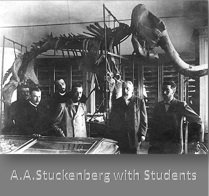Kazan University
Kazan (Volga region) Federal University
The main center of higher education for a vast region, Kazan University has 19 institutes and faculties and 105 academic departments. It has over 47000 students, who follow 300 major degree programs.
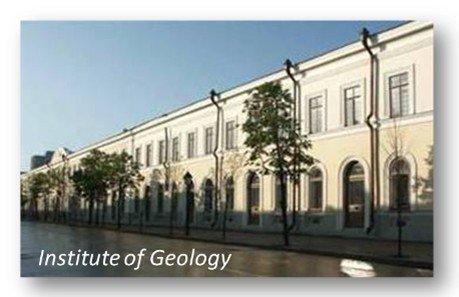

The history of Kazan State University is associated with many world renowned figures, like the father of non-Euclidian geometry Nikolai Lobachevsky; the writer Leo Tolstoy; the discoverer of the Antarctic Ivan Simonov; the founder of organic chemistry Alexander Butlerov; a father of modern linguistics Ivan Baudouin de Courtenay; the discoverer of electron spin resonance Evgeniy Zavoisky; and the Soviet leader Vladimir Ulianov-Lenin
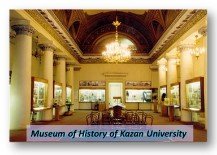
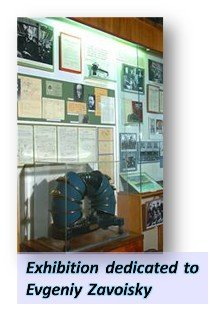
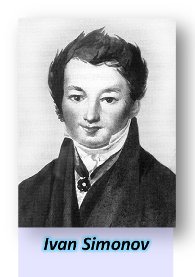
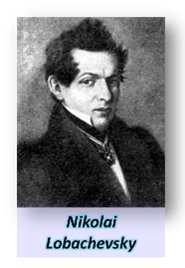
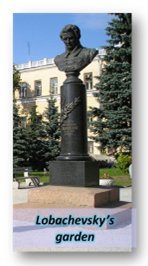
Stukenberg Geological Museum
The Stukenberg Museum of Geology and Mineralogy of Kazan State University is one of the oldest and richest natural science museums in Russia. Those ones were established at higher educational institutions in the end of the XVIII century and had both home and foreign collections unlike regional museums formed later on. The museum was founded in 1804 in accordance with the I Order of the Kazan Emperor University.
A two-century history of the museum development shows close interaction between scientists' creativity and results of their work as monographic collections have always been an integral part of scientific researches. For many generations of geologists the museum collections are that initial documents, which serves as a basis for researches and general conclusions as well as for definition of new scientific ideas. To save one's own "golden collection" and its history for future generations is a primary task of all natural science museums of Russia.
The contemporary store of the museum implies six main sections: ores, minerals and petrography; paleontology; dynamic geology and facies; monographic collections; geology of our region, mineral products of Tatarstan; scientific archive of museum history. There are more than 150000 samples from 60 countries in the museum, including collections of meteorites, rocks, minerals, ores, fossils of plants and animals.
Nowadays the KSU Museum of Geology and Mineralogy is one of the richest higher educational institution museums in the country. It is included in international and regional mineralogy reference books being a member of International Council of Museums (ICOM), the Commission by Mineralogy Museums of the Russian Academy of Sciences and Academic Council of the Tatarstan National Museum. It closely collaborates with regional and foreign natural science museums and geology institutions, providing collections' exchange and publications and realizing joint geological projects.
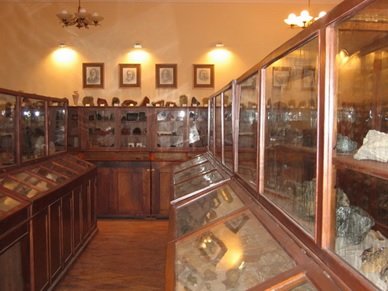

The research of Carboniferous and Permian of Volga and Kama Region is tightly connected with the name of Roderick Murchison and his colleagues who undertook several expeditions in European Russia in 1840-1841
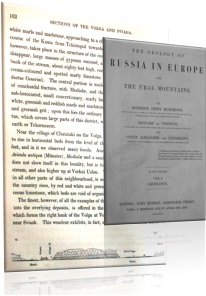

The Kazan School of Geology was established in the 1860s, headed by the first professor of geology N.A.Golovkinsky, the founder of facies studies in Russia.
His follower A.A.Stukenberg, had been working in Kazan for 30 years and was rightfully considered as the founder of Kazan Geological School.

